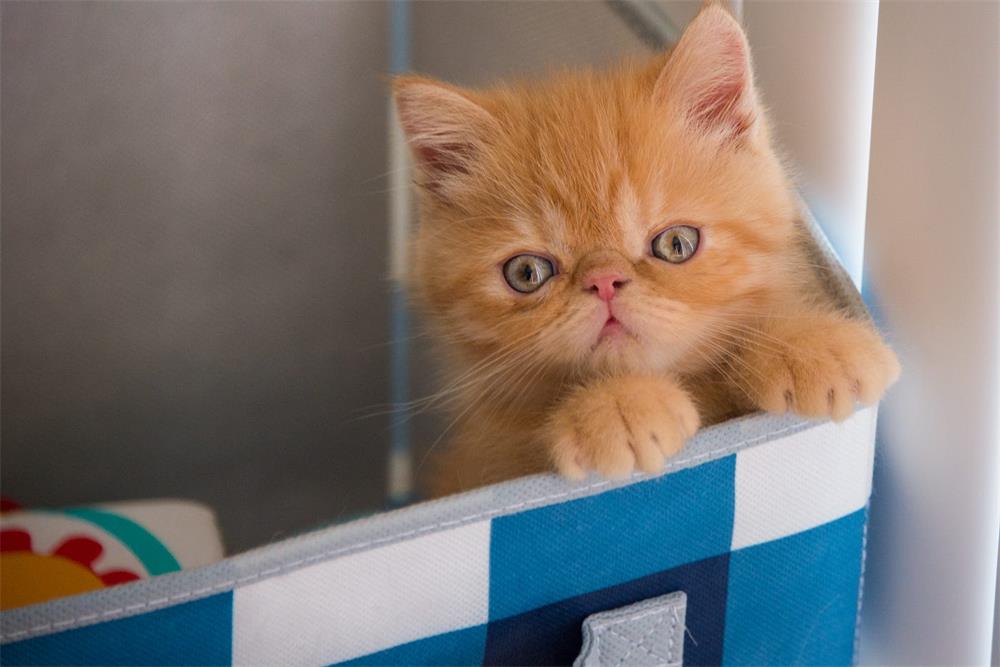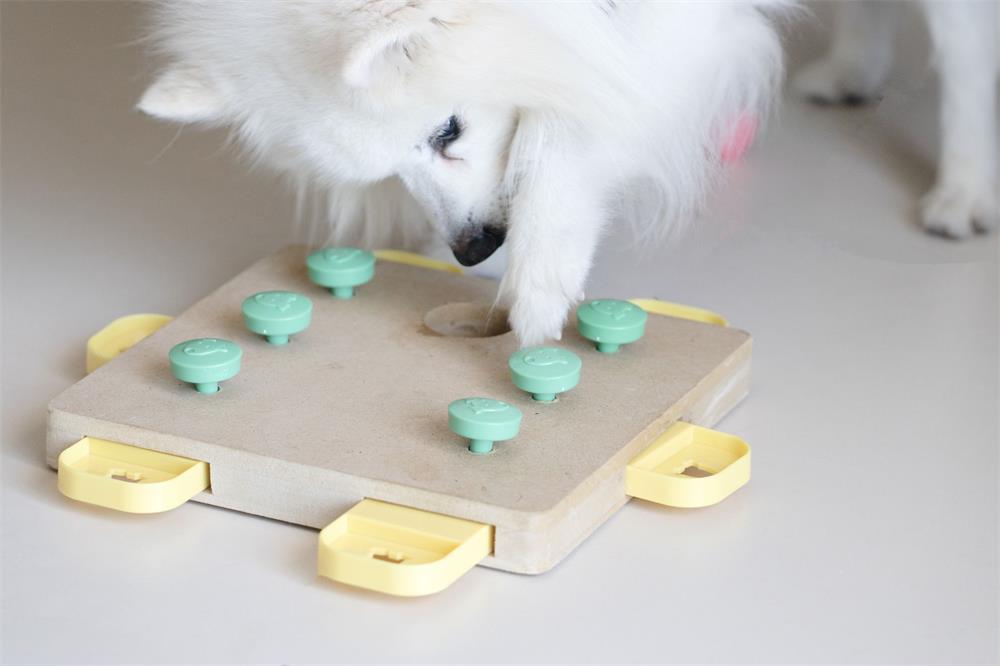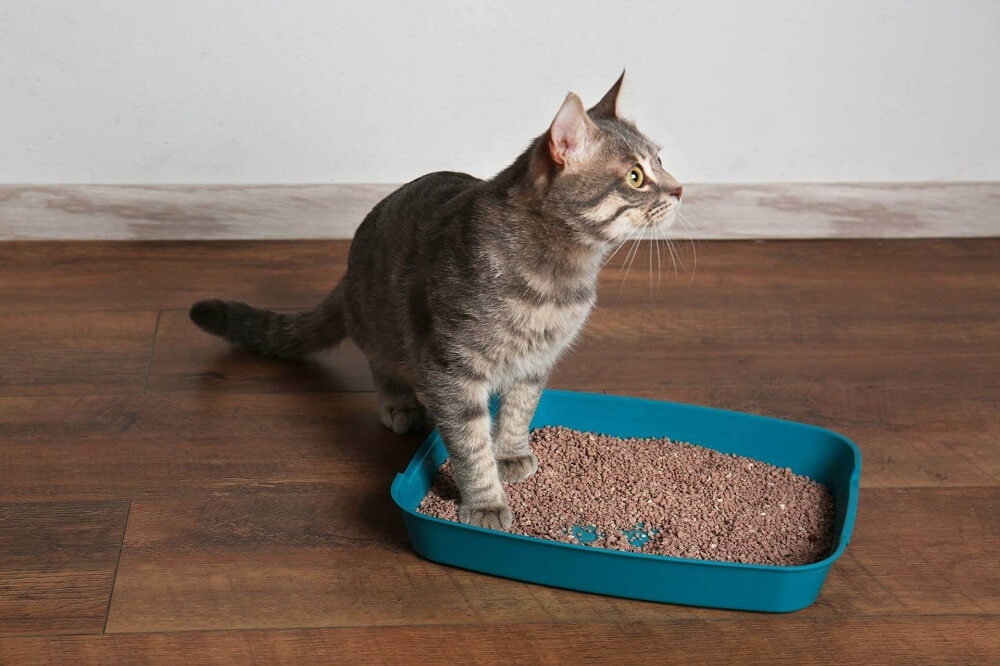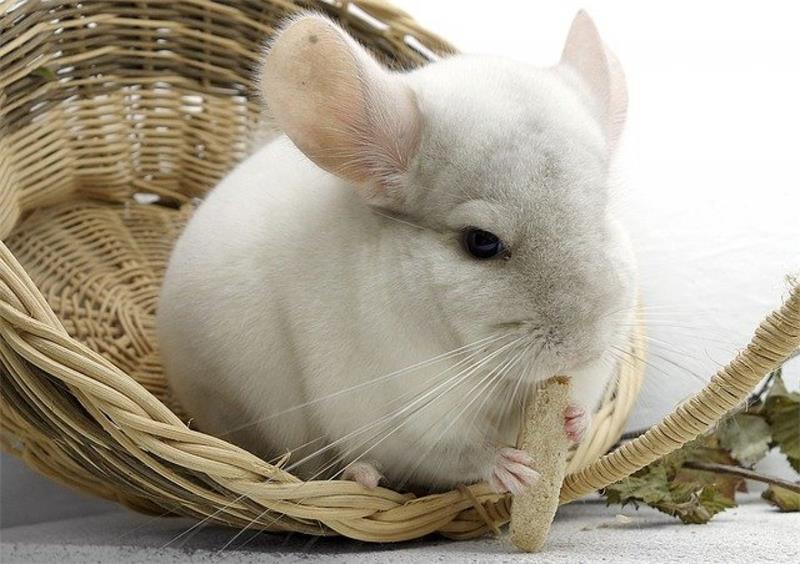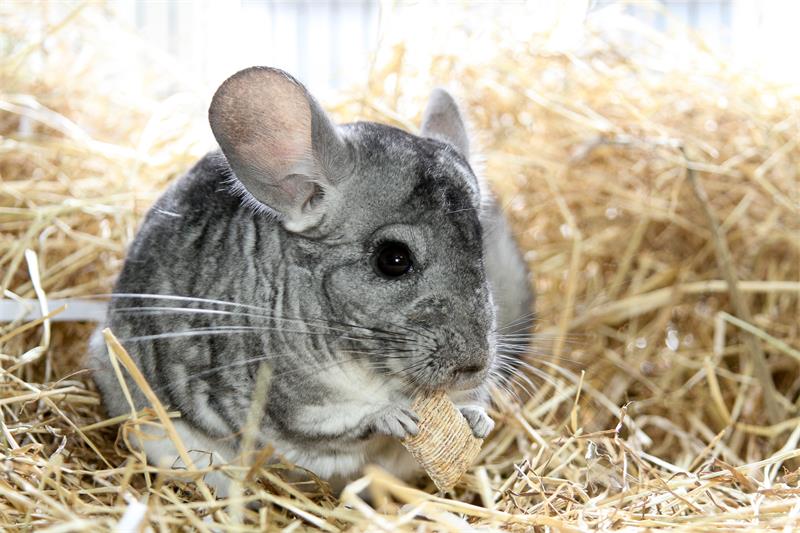Cats are fascinating creatures that can express their emotions and intentions through their body language. By learning how to read your cat’s body language, you can better understand their needs, preferences and moods. In this article, we will explore some of the most common cat body language signals and what they mean.
Cat Body Language Signals
Cats primarily use three types of body language to communicate how they’re feeling: their tails, posture and ears. These three indicators are often the easiest for humans to interpret. However, they should always be considered in the context of the situation and the cat’s personality. For example, a high tail can indicate confidence or aggression depending on the scenario. Here are some of the most common cat body language signals and what they mean:
| Signal | Meaning |
|---|---|
| Tail | |
| Tail up | A tail that’s lifted vertically, high in the air, indicates that the cat feels comfortable and open to interaction. This is a sign of a happy and relaxed cat. |
| Tail down | A tail that’s held low or tucked between the legs indicates that the cat feels insecure or fearful. This is a sign of a scared or worried cat. |
| Tail flicking | A posture that’s sitting upright with the back straight and head up indicates that the cat feels confident and alert. This can be a sign of a curious or attentive cat depending on the context. |
| Tail puffed up | A tail that’s puffed up with bristled fur indicates that the cat is trying to look bigger and more intimidating. This is a sign of a threatened or defensive cat. |
| Posture | |
| Crouched | A posture that’s low to the ground with legs bent indicates that the cat is ready to pounce or run away. This can be a sign of a playful or fearful cat depending on the context. |
| Arched | A posture that’s arched with raised fur indicates that the cat is trying to look bigger and more intimidating. This is a sign of a threatened or defensive cat. |
| Lying on back | A posture that’s lying on the back with the belly exposed indicates that the cat feels safe and trusts you. This can be a sign of a relaxed or inviting cat depending on the context¹. However, some cats may also use this posture as a trap to attack your hand if you try to pet their belly. |
| Sitting upright | A posture that’s sitting upright with back straight and head up indicates that the cat feels confident and alert. This can be a sign of a curious or attentive cat depending on the context. |
| Ears | |
| Ears forward | Ears that are pointing forward indicate that the cat is interested or curious about something. This can be a sign of a playful or friendly cat depending on the context. |
| Ears back | Ears that are flattened back against the head indicate that the cat is scared or angry about something. This can be a sign of a fearful or aggressive cat depending on the context. |
| Ears sideways | Ears that are pointing sideways indicate that the cat is unsure or nervous about something. This can be a sign of a cautious or anxious cat depending on the context. |
Other Cat Body Language Cues
Besides their tails, posture and ears, cats also use other body language cues to communicate how they’re feeling. These include their eyes, whiskers, mouth and vocalizations. Here are some of the other cat body language cues and what they mean:
| Cue | Meaning |
|---|---|
| Eyes | |
| Dilated pupils | Eyes that have large pupils indicate that the cat is excited, aroused or scared. This can be a sign of a playful or fearful cat depending on the context¹. |
| Slit pupils | Eyes that have narrow pupils indicate that the cat is angry or aggressive. This can be a sign of an angry or dominant cat depending on the context. |
| Slow blink | Eyes that close slowly and then open again indicate that the cat is relaxed and trusts you. This can be a sign of a content or affectionate cat depending on the context¹. You can return the gesture to show your cat that you love them too. |
| Whiskers | |
| Whiskers forward | Whiskers that are pointing forward indicate that the cat is interested or curious about something. This can be a sign of a playful or friendly cat depending on the context. |
| Whiskers back | Whiskers that are pulled back against the face indicate that the cat is scared or angry about something. This can be a sign of a fearful or aggressive cat depending on the context. |
| Whiskers relaxed | Whiskers that are in a natural position indicate that the cat is relaxed and happy. This can be a sign of a content or calm cat depending on the context. |
| Mouth | |
| Mouth closed | A mouth that’s closed indicates that the cat is relaxed and happy. This can be a sign of a content or calm cat depending on the context. |
| Mouth open | A mouth that’s open indicates that the cat is either panting, yawning, hissing, growling or meowing. This can have different meanings depending on the context and the vocalization. For example, panting can indicate stress or overheating, yawning can indicate relaxation or boredom, hissing and growling can indicate fear or aggression, and meowing can indicate greeting, attention-seeking, hunger, pain or distress. |
| Vocalizations | |
| Purr | A sound that’s low and rhythmic indicates that the cat is happy and content. This can be a sign of a satisfied or affectionate cat depending on the context¹. However, some cats may also purr when they are in pain or stressed as a way to soothe themselves. |
| Meow | A sound that’s high-pitched and variable indicates that the cat is trying to communicate something to you. This can have different meanings depending on the context and the tone. For example, a short meow can indicate greeting, a long meow can indicate attention-seeking, a high-pitched meow can indicate hunger, pain or distress, and a low-pitched meow can indicate annoyance or anger. |
| Hiss | A sound that’s sharp and sibilant indicates that the cat is scared or angry and wants you to back off. This can be a sign of a threatened or defensive cat depending on the context. |
| Growl | A sound that’s low and guttural indicates that the cat is angry or aggressive and wants you to back off. This can be a sign of an angry or dominant cat depending on the context. |
How to Respond to Your Cat’s Body Language
Knowing how to read your cat’s body language is not only useful for understanding their emotions and intentions, but also for responding appropriately to them. By respecting your cat’s body language signals, you can improve your bond with them and avoid potential conflicts. Here are some tips on how to respond to your cat’s body language:
- When your cat shows signs of being happy and relaxed, such as tail up, ears forward, eyes half-closed and whiskers relaxed, you can approach them gently and offer some petting or snuggling if they seem interested. However, avoid touching their belly unless they invite you to do so, as some cats may not like it and may scratch or bite you.
- When your cat shows signs of being playful, such as crouched posture, ears forward, eyes dilated and tail flicking, you can engage them in some interactive play with toys or games. However, avoid using your hands or feet as toys, as this may teach your cat to bite or scratch you.
- When your cat shows signs of being scared or worried, such as tail down, ears back, eyes wide and whiskers back, you should give them some space and let them calm down. Do not force them to interact with you or anything else that may be causing them fear or anxiety. Provide them with a safe hiding place where they can feel secure and comfortable.
- When your cat shows signs of being angry or aggressive, such as a tail puffed up with bristled fur, ears flat, eyes slit and mouth open, you should back off and give them some space. Do not try to touch them or force them to interact with you or anything else that may be causing them anger or aggression. You can also make a loud noise or create a distraction to separate the cats if they are fighting. You should speak softly and slowly to the cat and avoid direct eye contact. To change an aggressive cat’s behavior, you need to provide stimulation to release their energy and find the root of their aggression. You can also seek help from an animal professional if needed.
How to Prevent Aggression in Your Cat
Preventing aggression in your cat is better than trying to calm them down after they have become angry. There are some steps you can take to reduce the chances of your cat becoming aggressive in the first place. These include:
- Spaying or neutering your cat. This can reduce hormonal influences that may trigger aggression, especially in male cats.
- Socializing your cat. This can help your cat become more comfortable and confident around people and other animals. Expose your cat to different situations and stimuli from a young age and reward them for positive behavior.
- Providing a safe and enriching environment for your cat. This can help your cat feel secure and happy in their home. Provide your cat with plenty of toys, scratching posts, hiding places, perches and windows to look out of. Make sure your cat has access to food, water, litter boxes and resting areas that are clean and comfortable.
- Respecting your cat’s boundaries. This can help your cat feel respected and trusted by you. Pay attention to your cat’s body language and signals and respect their wishes when they want to be left alone or stop playing. Do not force your cat to do something they don’t want to do or punish them for being aggressive.
- Introducing new cats or people gradually. This can help your cat adjust to changes in their environment and prevent territorial or inter-cat aggression. Use positive reinforcement and gradual exposure to help your cat get used to new cats or people. Avoid putting two unfamiliar cats together in a small space or letting them fight it out.
Conclusion
Cats are complex and expressive animals that can communicate their emotions and intentions through their body language. By learning how to read your cat’s body language, you can better understand their needs, preferences and moods. You can also learn how to respond appropriately to their signals and prevent or reduce aggression in your cat. By doing so, you can improve your bond with your feline friend and enjoy a happier and healthier relationship.


